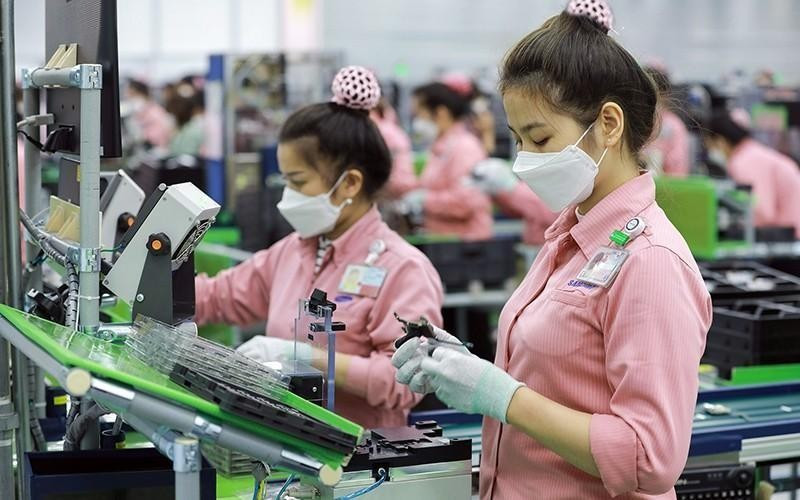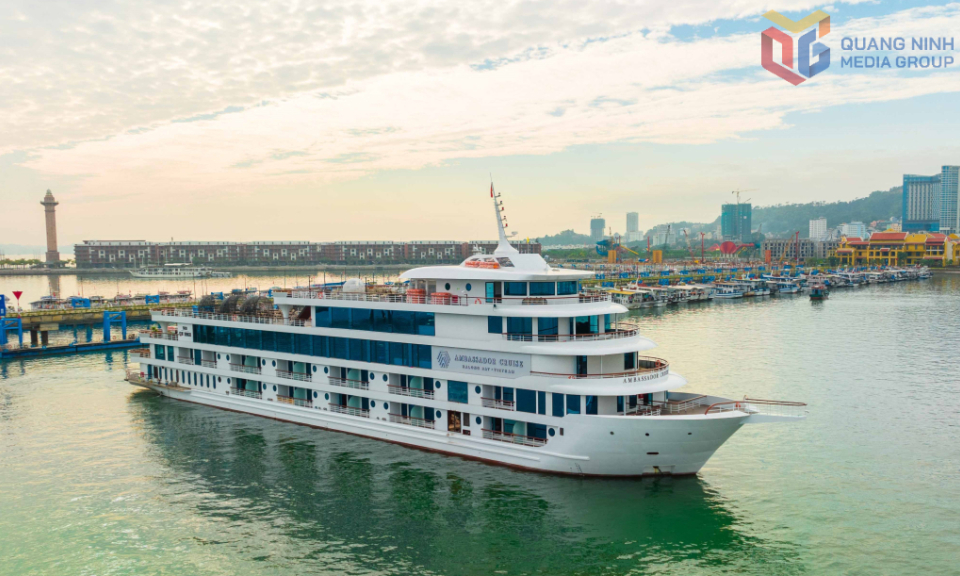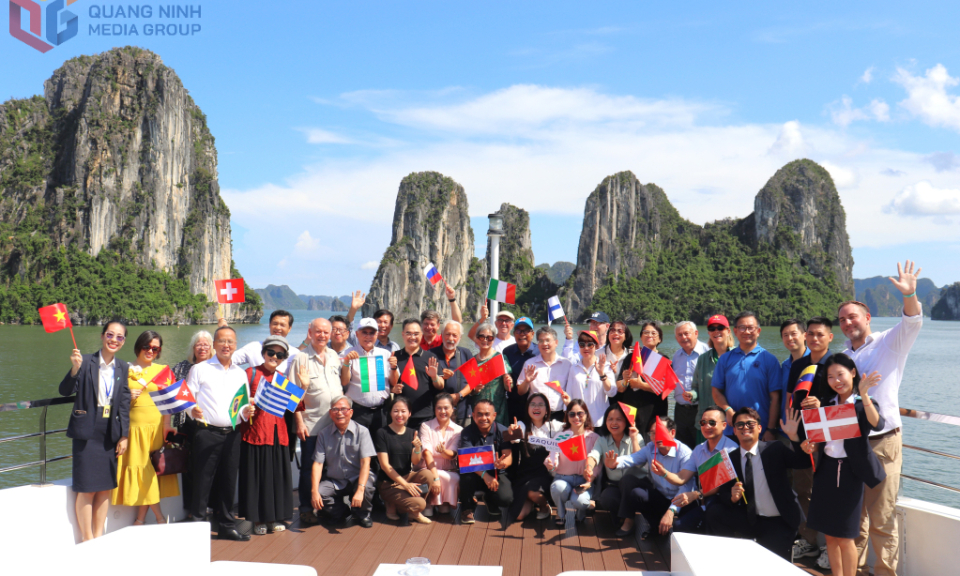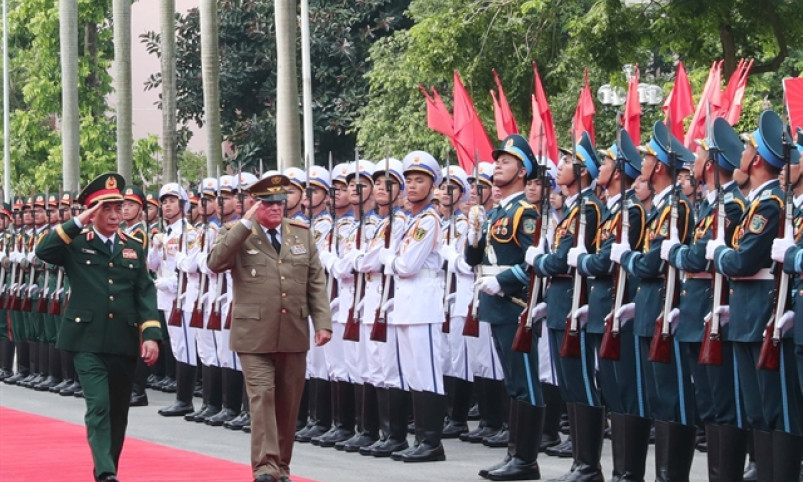Opportunity to welcome new wave of investment in Vietnam
For the first time in its 25 years of presence in Vietnam, US aircraft maker Boeing has recently held an aerospace industry forum in Vietnam instead of commercial events related to aircraft orders as usual.
Boeing said that every one of its aircraft has some parts that come from Vietnam, such as wings and doors. But a Boeing aircraft requires 6 million parts, and during its search for suppliers around the world, Boeing wishes to have more suppliers from Vietnam. Boeing’s approach follows the same path as Samsung and Intel by placing their confidence in the Vietnamese business environment and deciding to expand production in Vietnam.
In the current trend, many major investors have increased their investment and production in Vietnam after a long period of stable growth, as seen in the proportion of additional investment, which is always larger than investment in new projects and share purchases by foreign investors.
It is notable that several large corporations, such as Apple, Dell, Foxconn and Pegatron, are relocating their supply chains to Vietnam. As the engine of export, foreign investors have supported many Vietnamese enterprises in taking part in global supply chains by providing input materials and forging business cooperation.
In the post-COVID-19 period, Vietnam is presented with many opportunities to receive new-generation inflow of foreign direct investment and production relocation capital flow from Vietnam’s major partners and multinational companies in the effort to diversify their supply chains. The industries with the potential to receive new investments are all key sectors that make significant contributions to Vietnam’s exports, including food processing, electronic equipment, e-commerce and logistics, car production, and other manufacturing industries.
In addition to opportunities, Vietnam is also facing numerous challenges that need overcoming to welcome the new wave of investment. Therefore, it is first necessary to fine-tune the policies on attracting foreign investment, improve the business environment, enhance the competitiveness of the economy, invest in transport infrastructure, especially roads and seaports. In addition, Vietnam needs to develop the supporting industries, promote linkages, increase the quality of human resources, and streamline state management of foreign investment. Only when Vietnam improves its capacity to receive and absorb foreign investment can the country seize the opportunities brought about by the relocation of global FDI inflow.






